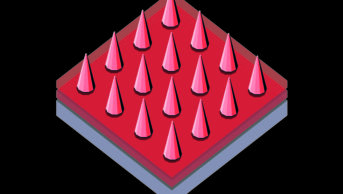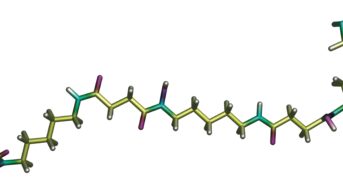
Shutterstock.com
Researchers have developed a platform that allows them to study the opening and closing of the blood-brain barrier (BBB) in real-time.
The team says the method, which works with cultured cells, could help to design new treatments that can cross the BBB while preventing damage to healthy cells.
The system they have developed uses simultaneous electrical, optical and pressure-based measurements to provide real-time information on the effect of a microbubble and ultrasound technique to open the BBB.
This microbubble-based approach to surmounting the BBB is already being used in clinical trials. It works by injecting microbubbles into the bloodstream and then, by applying ultrasound, the blood-brain barrier can be opened at specific locations to deliver targeted treatment to the brain. But the researchers hope their platform will provide more detailed information on its biological effects.
“The treatment can be monitored externally by ‘listening’ to the re-radiated sound from the cavitation agents interacting with the ultrasound field,” explains researcher Miles Aron, who presented the work[1]
at the Acoustics ’17 conference in Boston, Massachusetts.
“These acoustic emissions provide information regarding the energy of cavitation within the blood vessels and are already being used to adjust ultrasound parameters in real time to reduce the likelihood of damaging healthy cells during treatment.”
The researchers say their method, which works like a blood-brain barrier “on a chip”, could be used to screen cavitation agents, such as microbubbles, as well as therapeutics.
The team, based at the Institute of Biomedical Engineering at Oxford University, is currently using the platform to test new treatments for brain diseases and cancer.
“To bring these new techniques to the clinic, we will use our in vitro platform to guide our design and to choose the most promising approaches for animal studies and eventually clinical trials,” says Aron.
References
[1] Aron MM, Barnsley L, Shrivastava S et al. Ultrasound-mediated blood-brain barrier disruption: Correlation with acoustic emissions. Presented at: Joint Meeting of the Acoustical Society of America and the European Acoustics Association. 25-29 June 2017; Boston, Massachusetts.


